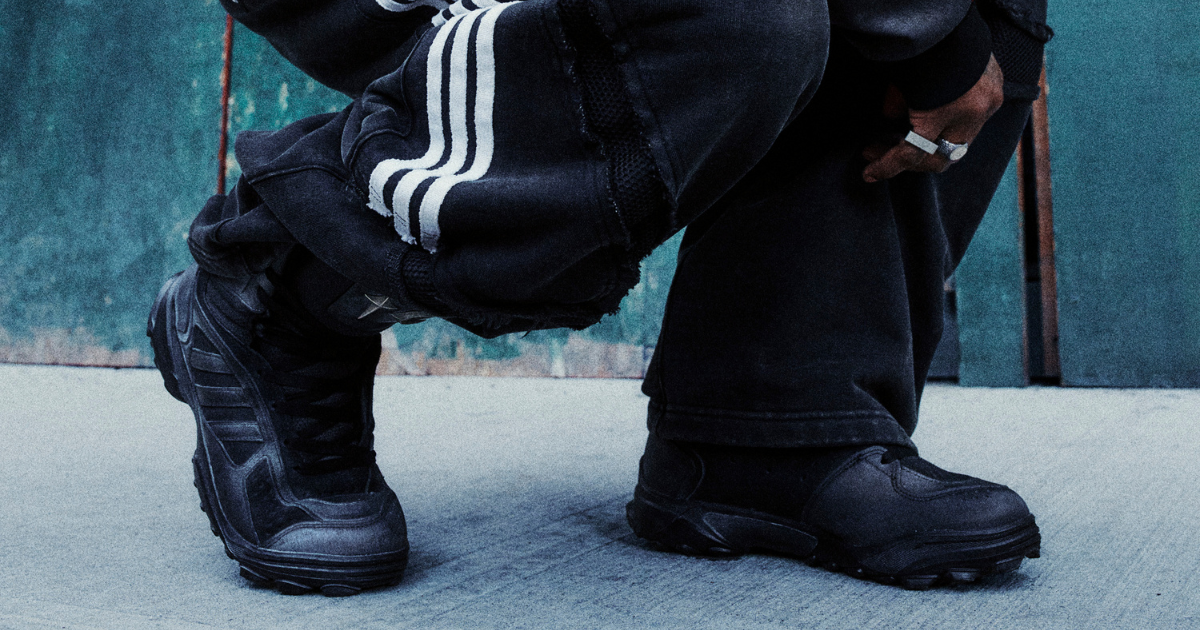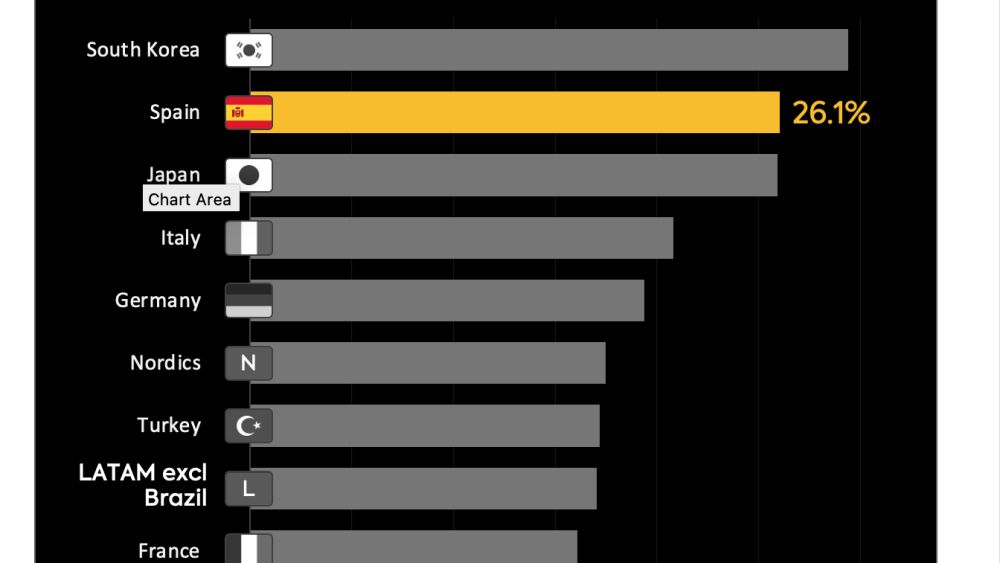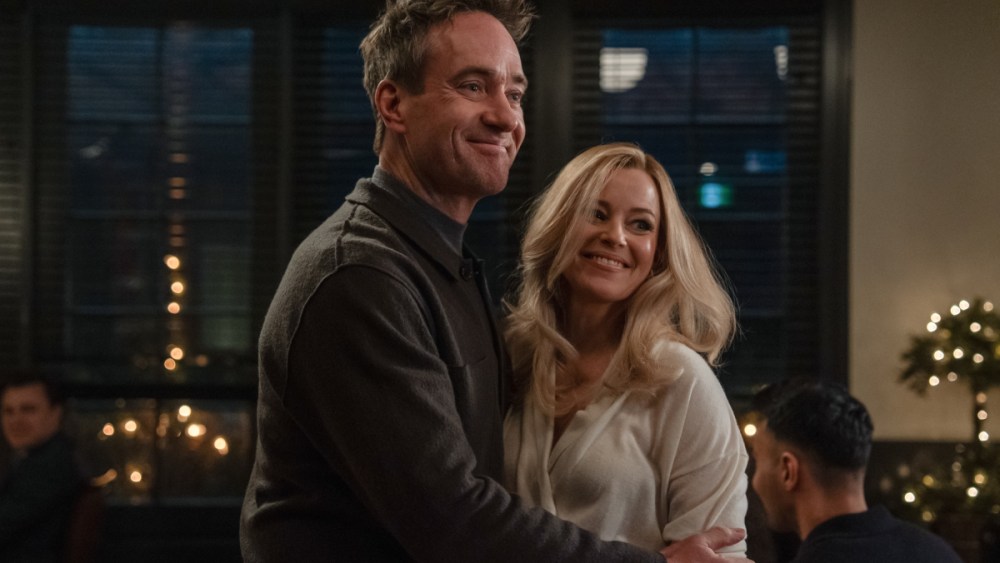This request seems a bit unusual, so we need to confirm that you’re human. Please press and hold the button until it turns completely green. Thank you for your cooperation!
Blog
-
Just a moment…
Just a moment… -

GP Bullhound advised IMPECT on its acquisition by Catapult
Berlin, 13 October 2025 – GP Bullhound acted as the exclusive financial advisor to IMPECT, a global SportsTech data and analytics platform, on its acquisition by Catapult Group International Limited (ASX:CAT), a leading Australian sports performance technology company.
Catapult will acquire 100% of IMPECT for up to €78 million and raise A$130 million underwritten institutional equity placement to finance the transaction and further strategic M&A.
Founded in Germany in 2014, IMPECT is a pioneer in football analytics, known for its proprietary Packing® metric, and provides scalable, technology-first solutions that deliver deep tactical insights and advanced contextual data. Its products are used by more than 150 professional clubs across 25+ countries, enabling advanced scouting and tactical decision-making.
Together, Catapult and IMPECT are building the future of sports performance technology – combining video, tactical, and performance data into a single, unified analytics ecosystem that enhances how teams approach player recruitment, tactical analysis, and performance optimization.
This transaction reinforces GP Bullhound’s global leadership in SportsTech and data analytics, representing its tenth transaction in 18months in this exciting subsector of tech. Most recent transactions include the the $600m sale of Urban Sports Club to Wellhub, PerfectGym to Sport Alliance, or the acquisitions of Eversports by Verdane, and BRP Systems by Nordic Capital. GP Bullhound continues to build on its strong track record advising category leaders at the intersection of sport, data, and digital innovation.
Simon Miremadi, Partner at GP Bullhound, said:
“We are thrilled and incredibly proud to have advised the IMPECT team on this landmark transaction. Stefan, Jens, Lukas, Matthias and the entire IMPECT team have built a global company at the intersection of sport, data, and technology. Catapult is the ideal partner to accelerate IMPECT’s vision, impact and reach across multiple sports.”Stefan Reinartz, Co-founder and Managing Director of IMPECT, added:
“From the moment our founders heard the vision from Will and the team, it became clear that bringing our technology into the Catapult platform represented an opportunity to accelerate our growth, benefit from Catapult’s global scale and industry leadership, whilst maintaining our steadfast culture of innovation. We are deeply grateful to the GP Bullhound team for their outstanding partnership and unwavering commitment throughout the process – their strategic guidance, precision, and relentless execution ensured a highly competitive process and an exceptional outcome for IMPECT.”About IMPECT
IMPECT is a leading football video and data analytics company providing advanced insights to professional clubs and federations worldwide. Founded in 2014 in Germany, IMPECT’s proprietary data model quantifies and visualizes the complexity of football, offering revolutionary tools for player evaluation and tactical analysis.
Learn more at www.impect.com.About Catapult
Catapult (ASX: CAT) is a global leader in sports performance technology, helping athletes and teams improve performance through data, analytics, and wearable innovation. With headquarters in Australia and operations across the globe, Catapult’s products are trusted by elite teams across football, rugby, basketball, and beyond.
Visit www.catapult.com.About GP Bullhound
GP Bullhound is a leading technology advisory firm, providing transaction advice and capital to the world’s best entrepreneurs and founders. Founded in 1999 in London and Menlo Park, the firm today has 10 offices spanning Europe, Asia and the US.
For more information, please visit www.gpbullhound.com.Enquiries
For enquiries, please contact:
Simon Miremadi, simon.miremadi@gpbullhound.comContinue Reading
-

Driving innovation in lunar water purification technology
Learn about how the UK Space Agency’s International Bilateral Fund (IBF) supported the UK-Canada Aqualunar Challenge to promote advancements in lunar water purification technology
Later this decade, humans are expected to set foot on the Moon…
Continue Reading
-

Pattern Computer Strengthens Global IP Portfolio for
- Patents and allowances extend exclusivity for investigational Triple-Negative Breast Cancer therapy to 2040
- Underscores strength of proprietary PatternDE™ discovery platform
REDMOND, Wash., Oct. 13, 2025 (GLOBE NEWSWIRE) — Pattern…
Continue Reading
-

Thug Club’s Latest Colab Turns adidas’ Heritage into Armour
Thug Club, the Seoul-based label known for their grungy club-kid energy and chopper bike aesthetics, are turning an obsessive attention to sneakers into a global banger with their first full colab.
After customising tracksuits and models with …
Continue Reading
-

Parrot Analytics, ICEX Reveal Spanish Content Dominance
Spain has figured out how to turn its creative talent into serious global business. In a joint presentation at Mipcom, leading entertainment research company Parrot Analytics and Spanish Trade & Investment entity ICEX, revealed new data that…
Continue Reading
-

Matthew Macfadyen Talks ‘The Miniature Wife’ With Elizabeth Banks
Marriage is hard – especially when your partner shrinks to doll-size due to a scientific mishap. Which is exactly what happens to Lindy (Elizabeth Banks) and Les (“Succession” star Matthew Macfadyen) in Sony Pictures Television’s series…
Continue Reading
-

Taylor Swift’s Eras Tour Documentary, ‘Final Show’ Film Coming to Disney+
A documentary about Taylor Swift‘s Eras Tour has long been the stuff of rumor, and now it’s finally confirmed as the stuff of reality — but there’s much more to it than expected. The singer announced Monday that a six-part docuseries,…
Continue Reading
-

TSMC Becomes AI Backbone as Nvidia and AMD Double Down
This article first appeared on GuruFocus.
Oct 13 – Taiwan Semiconductor (NYSE:TSM) continues to dominate headlines as its stock slices through new all-time highs, fueled by powerful waves of AI demand. In just a 6 month, the chip giant delivered nearly 80% total return, outpacing the S&P 500 by more than 20%. A jolt came last Friday: news of Trump’s threat of a 100% tariff on China triggered a 6% pullback, though underlying momentum in AI spending still looks firm.
Hyperscale cloud players continue locking in deals to expand data center capacity ahead of demand. Oracle (NYSE:ORCL) saw its stock jump over 20% recently, backed by explosive year-over-year growth in multicloud database bookings. Its partnerships with Microsoft, Amazon (AMZN), and Google (NASDAQ:GOOGL) have powered that surge.
Meanwhile, a major pivot in chip supply is likely underway. AMD (AMD) has inked a significant multi-year AI chip contract with OpenAI, agreed to supply about 6 gigawatts of capacity starting 2026, and granted OpenAI the option to acquire up to 10% of its shares. That deal reverberated across the sector, as AI buyers increasingly diversify beyond Nvidia (NASDAQ:NVDA). NVDA, in turn, earlier struck a $100 billion partnership with OpenAI to help build AI infrastructure at scale.
TSM sits at the fulcrum of this shift: while chip designers like NVDA and AMD lean into R&D and architecture, they depend heavily on TSM for fabrication. Though Intel (NASDAQ:INTC) may try to reenter the race in the long term, its execution gaps leave it playing catch-up for now.
With that perspective, the TSM FY2026 appears to be very strong due to a number of mega deals with leading chip manufacturers and cloud technology companies. The volatility in the near term could be due to trade-war headlines but the broad AI tailwinds are likely to keep pushing the demand. As market mood might waver, TSM remains at the centre of the next layer of AI infrastructure development due to its fundamental positioning in terms of chip design as well as manufacturing.
Continue Reading
